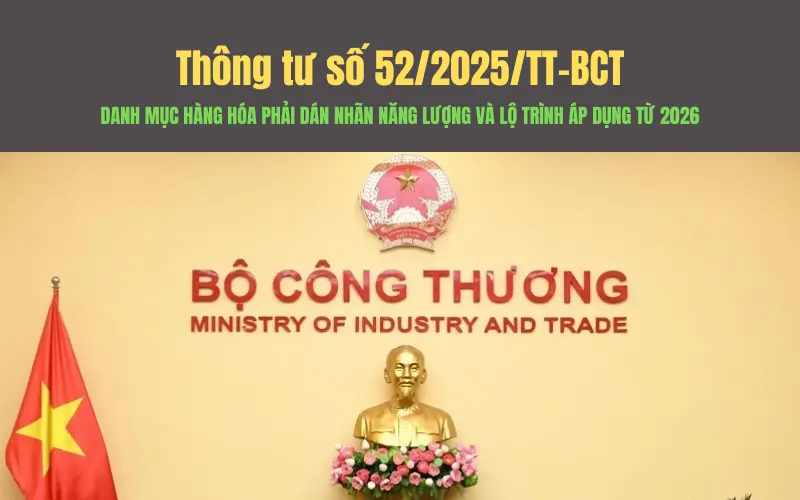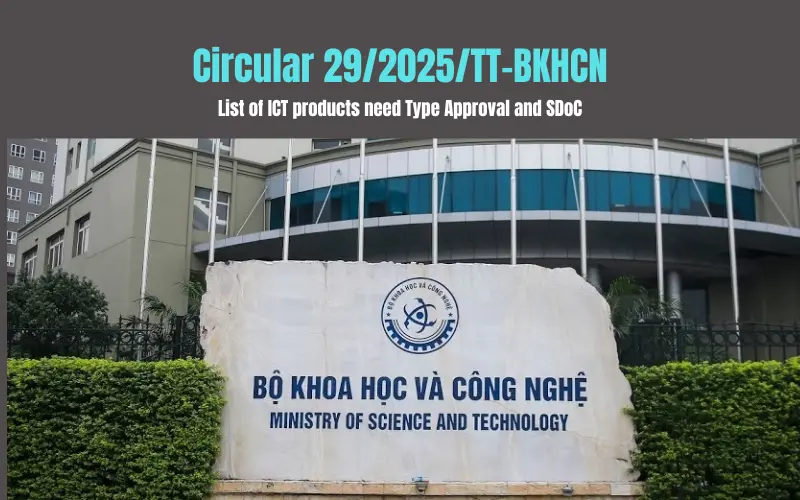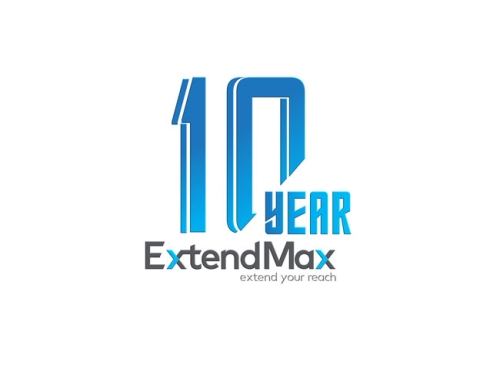In the field of import-export and international trade, the terms CO CQ are very common. These are important documents that help prove the origin and quality of goods. However, many people still confuse these two types of documents. So what is CO? What is CQ? How are CO and CQ different? Let’s explore the details with ExtendMax in the article below.
What Are CO, CQ?
CQ (Certificate of Quality) is a certificate of product quality that complies with the standards of the manufacturing country or international standards. This certificate is widely used in international trade transactions to prove that the products listed meet certain criteria, have passed performance tests, and quality assurance tests, and meet the quality criteria specified in the contract, technical specifications, and regulations.
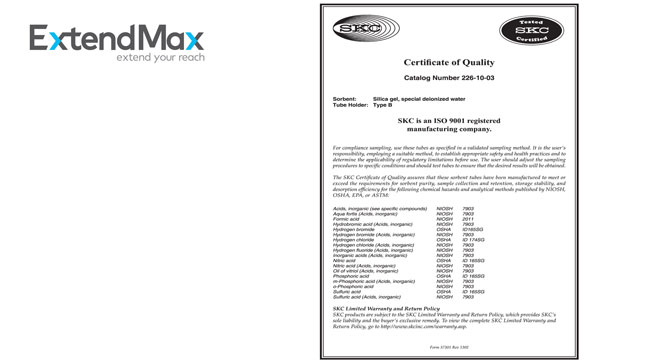
Read more: Registering to import printers | Save time – Optimize costs
CQ plays an important role in the field of import and export, specifically:
-
Helps prove that the goods conform to the standards declared with them. Most product certification bodies are recognized under international standard ISO/IEC Guide 65:1996.
-
CQ certificate helps confirm whether the product meets the declared technical specifications.
-
CQ documents are not mandatory in customs dossiers, except for certain items that are required by regulations.
-
Businesses can only declare quality standards and issue factory release documents certifying that goods meet such standards. However, CQ certification must be issued by an independent body (usually a government agency with quality assessment equipment).
-
An independent party must inspect the quality of the goods. Because it is a standard measure for goods of similar models and functions from competing manufacturers. Consumers have the right to compare and choose criteria that suit their usage needs.
The main contents of a CQ include:
-
Name and address of exporter/importer.
-
Name and description of the goods.
-
Quantity and weight of goods.
-
Value of goods.
-
Quality standards of the goods.
-
Quality test results.
Read more: Energy labeling service | Reputable energy label declaration
CO – Certificate of Origin CO (Certificate of Origin) is a certificate of manufacture or origin of the product. The origin of goods is one of the major concerns for customers. Especially in import-export, many people request proof of origin to determine whether the goods are eligible for preferential tariffs. For example, if the goods originate from ASEAN countries, they may enjoy special tax incentives.
The certificate of origin is usually issued by the exporter or prepared by the manufacturer and certified by a competent or authorized third party. This document is typically submitted to the customs authorities of the importing country to receive tariff benefits.
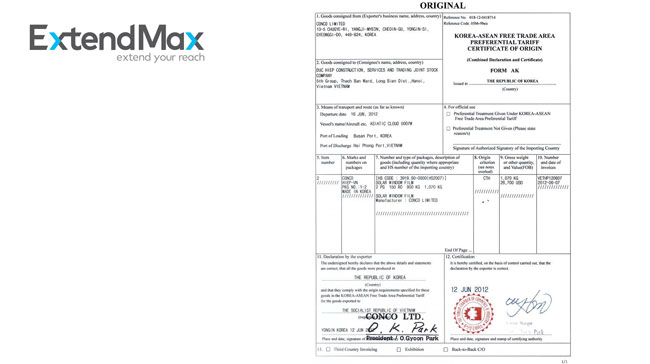
Role of the certificate of origin:
-
Determine the origin of goods under the contract and prove that the goods have clear and legal origin. In import-export, CO and CQ help prove that the goods are traded from countries in accordance with the laws of both parties.
-
Identifying the origin helps in anti-dumping and the application of countervailing duties.
-
Goods granted CO will meet the standards to enter the Vietnamese market.
Common CO Forms in Vietnam
| CO Form | Application |
|---|---|
| Form A | Goods exported from Vietnam to countries enjoying GSP (Generalized System of Preferences) such as EU, Japan, etc. |
| Form B | Goods exported to countries that do not require preferential tariffs or have no FTA with Vietnam (Only certifies origin, no tariff benefits) |
| Form D | Goods exported within ASEAN (under ATIGA). Eligible for 0% or low tariffs within ASEAN. |
| Form E | Goods exported to and from China under ASEAN-China FTA (ACFTA). Eligible for tariff incentives under ACFTA. |
| Form S | Goods exported to Laos under the Vietnam-Laos preferential agreement. |
| Form AK | Export to South Korea under ASEAN-Korea FTA (AKFTA). |
| Form AJ | Export to Japan under ASEAN-Japan FTA (AJCEP). |
| Form AANZ | Export to Australia and New Zealand under AANZFTA. |
| Form VJ / JV | Export to Japan under the Vietnam-Japan EPA. |
| Form VK / KV | Export to South Korea under the bilateral Vietnam-Korea FTA (VKFTA). |
| Form GSTP | Export to countries participating in the Global System of Trade Preferences (GSTP). |
| Form CPTPP | Export to CPTPP member countries such as Canada, Mexico, Peru, Chile, Australia, Japan... |
| Form ICO | Issued for coffee grown and harvested in Vietnam and exported globally under the rules of the International Coffee Organization (ICO). |
Read more: Civil cryptographic product business license | Detailed procedure
Main contents of a CO include:
-
Name and address of exporter and importer.
-
Name and description of the goods.
-
Quantity and weight of the goods.
-
Value of the goods.
-
Country of origin of the goods.
-
Manufacturing process.
-
Quality standards of the goods.
CO Application Procedure To complete the CO application procedure, businesses must prepare necessary documents (business license, tax registration, etc.) along with a CO application file, including:
-
Completed CO application form, signed and stamped by an authorized company representative.
-
Commercial invoice, customs declaration of imported/exported goods...
-
Related documents: production explanation, sales contracts, raw material certificates, etc.
Read more: Desktop computer conformity certification | Product declaration support
When is CO and CQ required?
-
CO: Mandatory for customs procedures to get import tax exemption/reduction under FTAs.
-
CQ: Often required in bidding, projects, importation of technical equipment, machinery, medical devices…
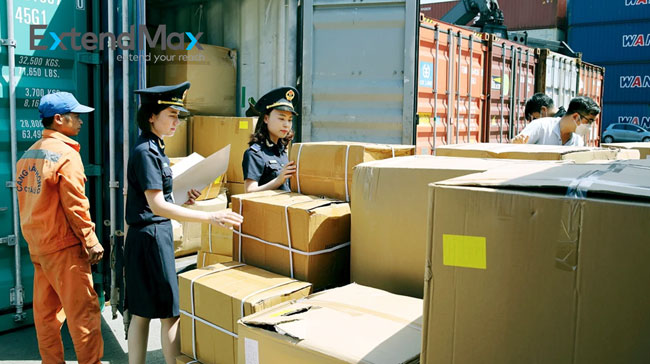
Why Are CO and CQ Important in Import-Export?
Understanding and possessing CO and CQ offers practical benefits for businesses during import-export processes:
Identify origin and quality of goods CO and CQ serve as legal evidence confirming the origin and quality of goods. This ensures transparency in the supply chain, helps authorities control trade better, and protects consumers' rights.
Access preferential tariffs and import fee reduction Goods with CO proving origin from countries with FTAs with Vietnam can enjoy preferential import tax rates. This provides a competitive edge by reducing costs and enhancing product competitiveness.
Ensure product safety and quality CQ proves that the product meets the required technical or declared quality standards. This helps goods pass technical inspections during import and ensures safety for users, minimizing risks from poor-quality products.
Required for customs clearance CO and CQ are regularly requested in customs clearance procedures. Having these documents ready helps businesses clear goods quickly and avoid delays or administrative penalties.
Support verification and traceability In case of disputes, complaints, or inspections, CO and CQ serve as important evidence to verify the origin, standards, and quality of imported goods.
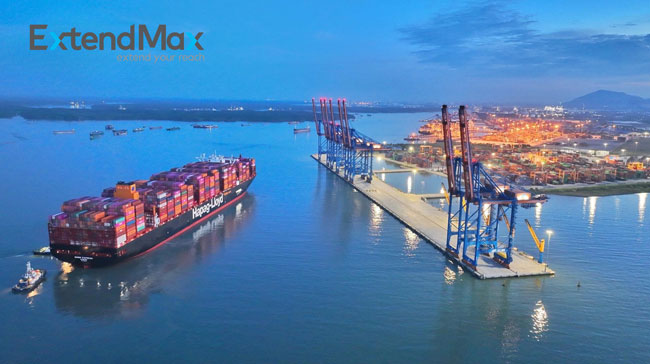
Read more: Entrusted import service | Everything from A-Z
Comparison Between CO CQ
The key difference lies in the purpose and role of each certificate. CO certifies the origin of goods, while CQ certifies their quality.
CO is often required for goods originating from FTA countries to enjoy tax benefits during import. CQ is commonly needed for high-standard goods like food, pharmaceuticals, medical equipment… ensuring user safety.
Moreover:
-
CO is mandatory for certain items, such as exports to the EU.
-
CQ is not compulsory for all items but may be required for specific goods per import country regulations.
Both CO and CQ are vital in import-export. CO supports tariff eligibility, while CQ confirms product compliance with quality standards. Understanding their differences helps ensure legal compliance and build credibility with international partners.
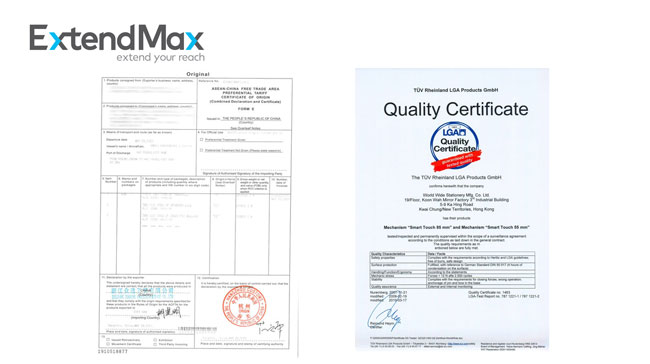
Read more: Conformity declaration service | Trusted – Cost-effective
The above is detailed information about two common import-export certificates: CO and CQ. If you find our guide helpful and practical, please support us by rating this article, leaving a comment, and sharing it with friends or colleagues in the import, logistics sector. Your feedback will motivate us to continue developing more useful, detailed guides for importers.


